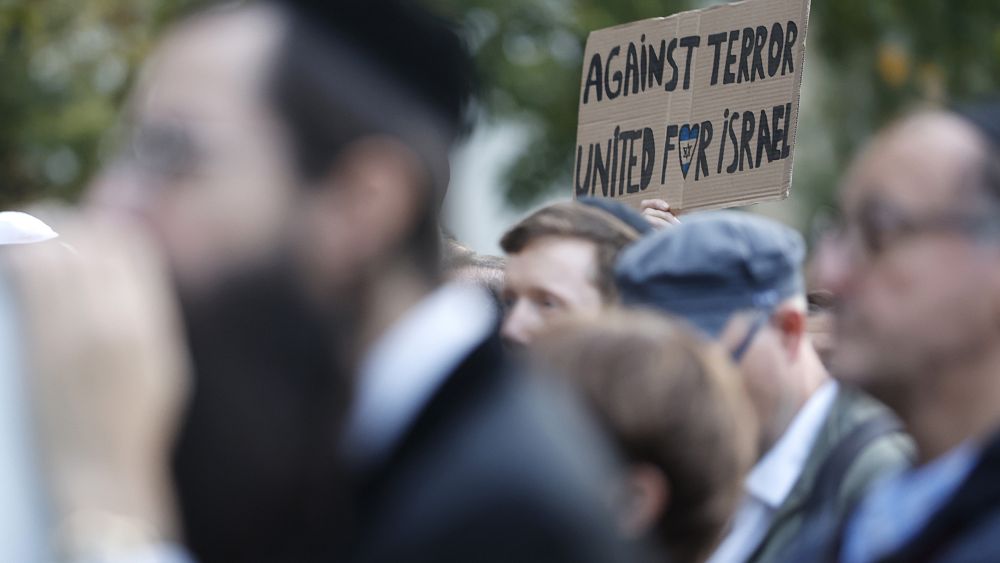World
‘Huge risk’ of terrorist attack across EU: Bloc’s home affairs chief
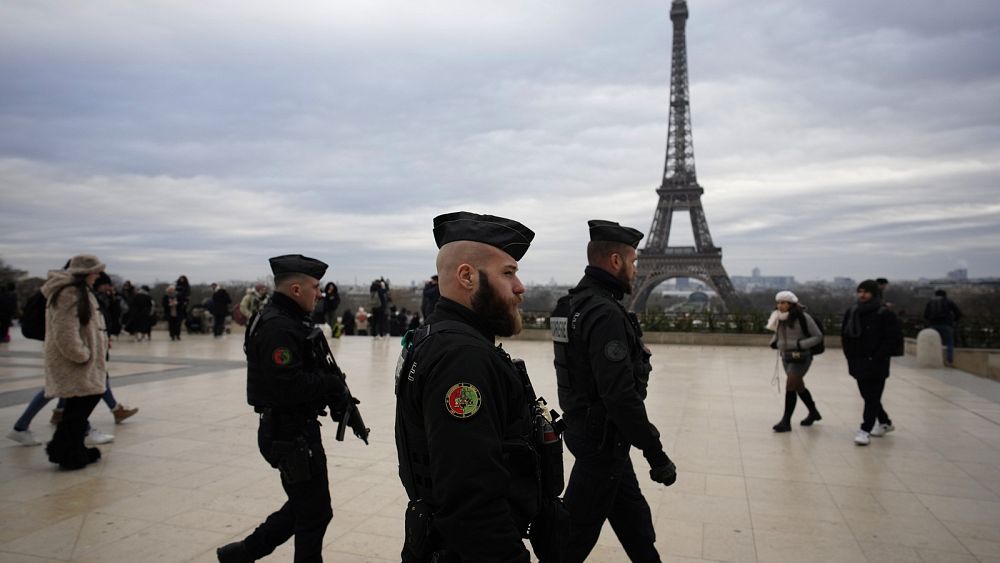
The European Union is facing a “huge risk” of terrorist attacks over the Christmas period, the bloc’s home affairs chief warned on Tuesday.
“With the war between Israel and Hamas and the polarisation it causes in our society, with the upcoming holiday season, there is a huge risk of terrorist attacks in the European Union,” Ylva Johansson said ahead of a meeting of EU home affairs ministers in Brussels.
Johansson’s assessment is based on the steep increase in extremist propaganda circulating online as well as the rising threat level in member states amid recent attacks in Belgium and France.
Defining the terrorist threat level is a competency of individual member states, with the scale and level definitions differing between EU countries.
Johansson pledged to make an additional €30 million available to support EU member states to protect places of worship and other public spaces as part of the so-called Internal Security Fund.
She also called on all countries to implement EU measures to crack down on online hate speech and stifle the financial resources used by extremist groups.
Spain’s home affairs minister Fernando Grande Marlaska, whose government holds the rotating presidency of the Council of the EU, said that “in an especially delicate international context, the situation in the Middle East could sharpen tensions, heighten polarisation and fuel terrorism.”
“Clearly, we can’t nor should permit this,” he explained, adding that cooperation between EU member states is critical to tackle the threat.
The warning came days after a radical Islamist known to authorities fatally stabbed a German-Filipino tourist and injured two other people with a hammer near the Eiffel Tower in Paris, heightening EU vigilance and concerns over impending attacks.
The suspect, identified as Armand Rajabpour-Miyandoab, had sworn allegiance to the so-called Islamic State in a social media video.
“The war in Gaza and Hamas’ terror is exacerbating this situation. The risk of further emotionalization and radicalization of violent Islamist perpetrators is high,” Faeser told reporters in Brussels.
“Our security authorities are working very closely together,” she added. “Right now we have to keep a particularly close eye on the Islamist threats and work together with neighbouring countries against Islamist propaganda.”
In 2016 and 2018, Berlin and Strasbourg’s Christmas markets became the scenes of deadly terrorist attacks.
German authorities arrested a 15-year-old boy and his alleged accomplice last Thursday on suspicion of planning a militant Islamist state-style attack on a Christmas market. Police forces in several EU countries are upping security around such market sites this year.
The protracted conflict in the Middle East is also deepening fears that violence could permeate into Europe.
Places of worship, including synagogues and mosques, have also been on high alert since the Israel-Hamas war broke out in early October, amid fears of reprisals among both Jewish and Muslim communities. EU countries including France have heightened police presence around such sites.
A French teacher was stabbed to death in the northeast town of Arras by a former student with a record of Islamic radicalisation on October 13th, just six days after the Israel-Hamas conflict broke out on October 7th, when Hamas militants embarked on a deadly rampage in southern Israel, leaving some 1,200 civilians dead.
Days later, an assailant claiming to be inspired by the Islamic State fatally shot two Swedish nationals in Brussels. The perpetrator, a Tunisian national, had unsuccessfully sought asylum in Belgium but the Belgian authorities had not been able to follow up on his deportation order.
Johansson, a Swede, said in response to the attack that the bloc had to step up efforts to ensure irregular migrants that pose a “security risk” are swiftly returned to countries of transit or origin.
Islamist terrorism remains the biggest terror threat in Western Europe and “lone actors are expected to continue to perpetrate most of the terrorist attacks in the EU”, Europol’s spokesperson, Jan Op Gen Oorth, told Euronews in September

World
Israel moves in on north Gaza Hamas stronghold, pounds Rafah without advancing

World
What to know about how much the aid from a US pier project will help Gaza
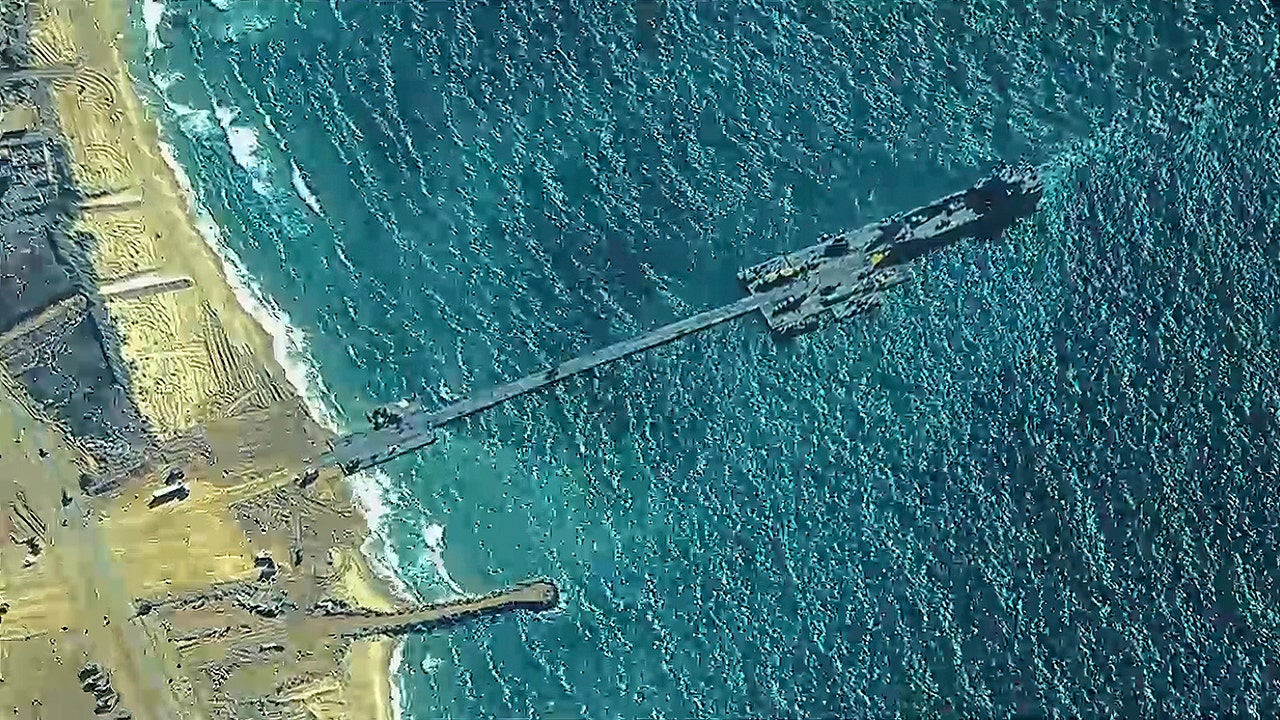
A U.S.-built pier is in place to bring humanitarian aid to Gaza by sea, but no one will know if the new route will work until a steady stream of deliveries begins reaching starving Palestinians.
The trucks that will roll off the pier project installed Thursday will face intensified fighting, Hamas threats to target any foreign forces and uncertainty about whether the Israeli military will ensure that aid convoys have access and safety from attack by Israeli forces.
TEMPORARY FLOATING PIER FOR GAZA AID COMPLETED, WILL MOVE INTO POSITION ONCE WEATHER LETS UP: PENTAGON
Even if the sea route performs as hoped, U.S, U.N. and aid officials caution, it will bring in a fraction of the aid that’s needed to the embattled enclave.
Here’s a look at what’s ahead for aid arriving by sea:
WILL THE SEA ROUTE END THE CRISIS IN GAZA?
No, not even if everything with the sea route works perfectly, American and international officials say.
The image provided by U.S, Central Command, shows U.S. Army soldiers assigned to the 7th Transportation Brigade (Expeditionary), U.S. Navy sailors assigned to Amphibious Construction Battalion 1, and Israel Defense Forces placing the Trident Pier on the coast of Gaza Strip on Thursday, May 16, 2024. The temporary pier is part of the Joint Logistics Over-the-Shore capability. The U.S. military finished installing the floating pier on Thursday, with officials poised to begin ferrying badly needed humanitarian aid into the enclave besieged over seven months of intense fighting in the Israel-Hamas war. (U.S. Central Command via AP)
U.S. military officials hope to start with about 90 truckloads of aid a day through the sea route, growing quickly to about 150 trucks a day.
Samantha Power, head of the U.S. Agency for International Development, and other aid officials have consistently said Gaza needs deliveries of more than 500 truckloads a day — the prewar average — to help a population struggling without adequate food or clean water during seven months of war between Israel and Hamas.
Israel has hindered deliveries of food, fuel and other supplies through land crossings since Hamas’ deadly attack on Israel launched the conflict in October. The restrictions on border crossings and fighting have brought on a growing humanitarian catastrophe for civilians.
International experts say all 2.3 million of Gaza’s people are experiencing acute levels of food insecurity, 1.1 million of them at “catastrophic” levels. Power and U.N. World Food Program Director Cindy McCain say north Gaza is in famine.
At that stage, saving the lives of children and others most affected requires steady treatment in clinical settings, making a cease-fire critical, USAID officials say.
At full operation, international officials have said, aid from the sea route is expected to reach a half-million people. That’s just over one-fifth of the population.
WHAT ARE THE CHALLENGES FOR THE SEA ROUTE NOW?
The U.S. plan is for the U.N. to take charge of the aid once it’s brought in. The U.N. World Food Program will then turn it over to aid groups for delivery.
U.N. officials have expressed concern about preserving their neutrality despite the involvement in the sea route by the Israeli military — one of the combatants in the conflict — and say they are negotiating that.
There are still questions on how aid groups will safely operate in Gaza to distribute food to those who need it most, said Sonali Korde, assistant to the administrator for USAID’s Bureau for Humanitarian Assistance, which is helping with logistics.
U.S. and international organizations including the U.S. government’s USAID and the Oxfam, Save the Children and International Rescue Committee nonprofits say Israeli officials haven’t meaningfully improved protections of aid workers since the military’s April 1 attack that killed seven aid workers with the World Central Kitchen organization.
Talks with the Israeli military “need to get to a place where humanitarian aid workers feel safe and secure and able to operate safely. And I don’t think we’re there yet,” Korde told reporters Thursday.
Meanwhile, fighting is surging in Gaza. It isn’t threatening the new shoreline aid distribution area, Pentagon officials say, but they have made it clear that security conditions could prompt a shutdown of the maritime route, even just temporarily.
The U.S. and Israel have developed a security plan for humanitarian groups coming to a “marshaling yard” next to the pier to pick up the aid, said U.S. Vice Admiral Brad Cooper, deputy commander of the U.S. military’s Central Command. USAID Response Director Dan Dieckhaus said aid groups would follow their own security procedures in distributing the supplies.
Meanwhile, Israeli forces have moved into the border crossing in the southern city of Rafah as part of their offensive, preventing aid from moving through, including fuel.
U.N. deputy spokesman Farhan Haq said that without fuel, delivery of all aid in Gaza can’t happen.
WHAT’S NEEDED?
U.S. President Joe Biden’s administration, the U.N. and aid groups have pressed Israel to allow more aid through land crossings, saying that’s the only way to ease the suffering of Gaza’s civilians. They’ve also urged Israel’s military to actively coordinate with aid groups to stop Israeli attacks on humanitarian workers.
“Getting aid to people in need into and across Gaza cannot and should not depend on a floating dock far from where needs are most acute,” U.N. deputy spokesman Farhan Haq told reporters Thursday.
“To stave off the horrors of famine, we must use the fastest and most obvious route to reach the people of Gaza — and for that, we need access by land now,” Haq said.
U.S. officials agree that the pier is only a partial solution at best, and say they are pressing Israel for more.
WHAT DOES ISRAEL SAY?
Israel says it places no limits on the entry of humanitarian aid and blames the U.N. for delays in distributing goods entering Gaza. The U.N. says ongoing fighting, Israeli fire and chaotic security conditions have hindered delivery.
Under pressure from the U.S., Israel has in recent weeks opened a pair of crossings to deliver aid into hard-hit northern Gaza. It said a series of Hamas attacks on the main crossing, Kerem Shalom, have disrupted the flow of goods.
World
Slovakian ministers blame media and opposition for attack on PM Fico

Slovakia’s interior minister refrained from specifying the motivation behind the attack on Prime Minister Robert Fico but pointed fingers at media outlets and the opposition, urging them to reflect on how they present information.
Slovakian authorities charged a man with attempted premeditated murder on Thursday after he shot Prime Minister Robert Fico five times in the central town of Handlova.
The assault left the longstanding leader in a serious but stable condition.
“The attempt on Fico’s life was politically motivated,” Slovakia’s Interior Minister Matuš Šutaj-Eštok said during a news conference on Fico’s shooting.
Eštok said the suspect, believed to be 71, was a “lone wolf” and did not belong to any political party but had previously taken part in anti-government protests.
The minister did not specify what the motivation was, but blamed media outlets and the opposition.
“It was information that you have recently presented. The way you presented them, on that I think each of you can reflect,” he said.
Slovakia’s President-elect Peter Pellegrini said he had only been allowed to speak with Fico for a few minutes “because his current condition really requires peace and quiet without any other external distractions.”
Pellegrini wished Fico “a great deal of strength in the struggle ahead of him because he is facing a very difficult period indeed.”
The president-elect called on political parties to suspend or scale back their campaigns for European elections, which will be held June 6-9.
The populist leader had been attending a political event in Handlova when the shooting took place, sending shockwaves through the central European country.
Fico has long been a divisive figure in Slovakia and beyond. His return to power last year on a pro-Russian, anti-American message led to even greater worries among fellow European Union and NATO members that he would abandon his country’s pro-Western course – particularly on Ukraine.
At the start of Russia’s invasion, Slovakia was one of Ukraine’s staunchest supporters. Fico halted arms deliveries to Ukraine when he returned to power, his fourth time serving as prime minister.
-

 Politics1 week ago
Politics1 week ago'You need to stop': Gov. Noem lashes out during heated interview over book anecdote about killing dog
-

 News1 week ago
News1 week agoMan, 75, confesses to killing wife in hospital because he couldn’t afford her care, court documents say
-

 Politics1 week ago
Politics1 week agoRFK Jr said a worm ate part of his brain and died in his head
-

 World1 week ago
World1 week agoPentagon chief confirms US pause on weapons shipment to Israel
-

 Politics1 week ago
Politics1 week agoHere's what GOP rebels want from Johnson amid threats to oust him from speakership
-

 World1 week ago
World1 week agoPro-Palestine protests: How some universities reached deals with students
-

 World1 week ago
World1 week agoConvicted MEP's expense claims must be published: EU court
-

 Politics1 week ago
Politics1 week agoCalifornia Gov Gavin Newsom roasted over video promoting state's ‘record’ tourism: ‘Smoke and mirrors’
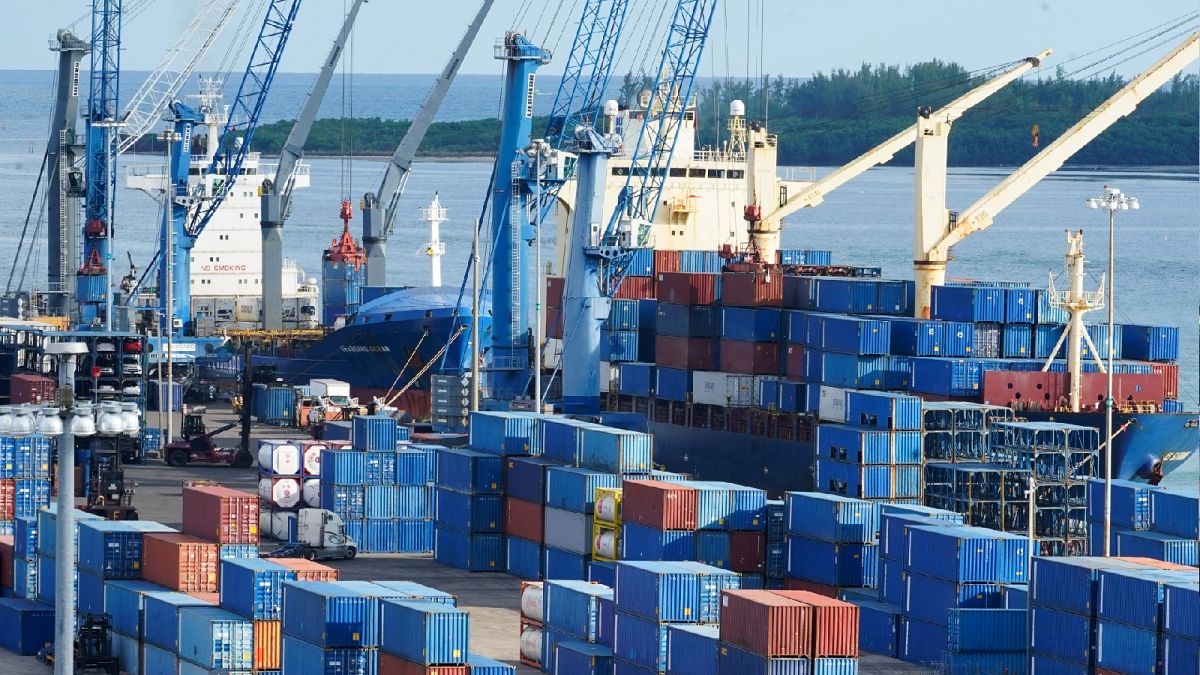
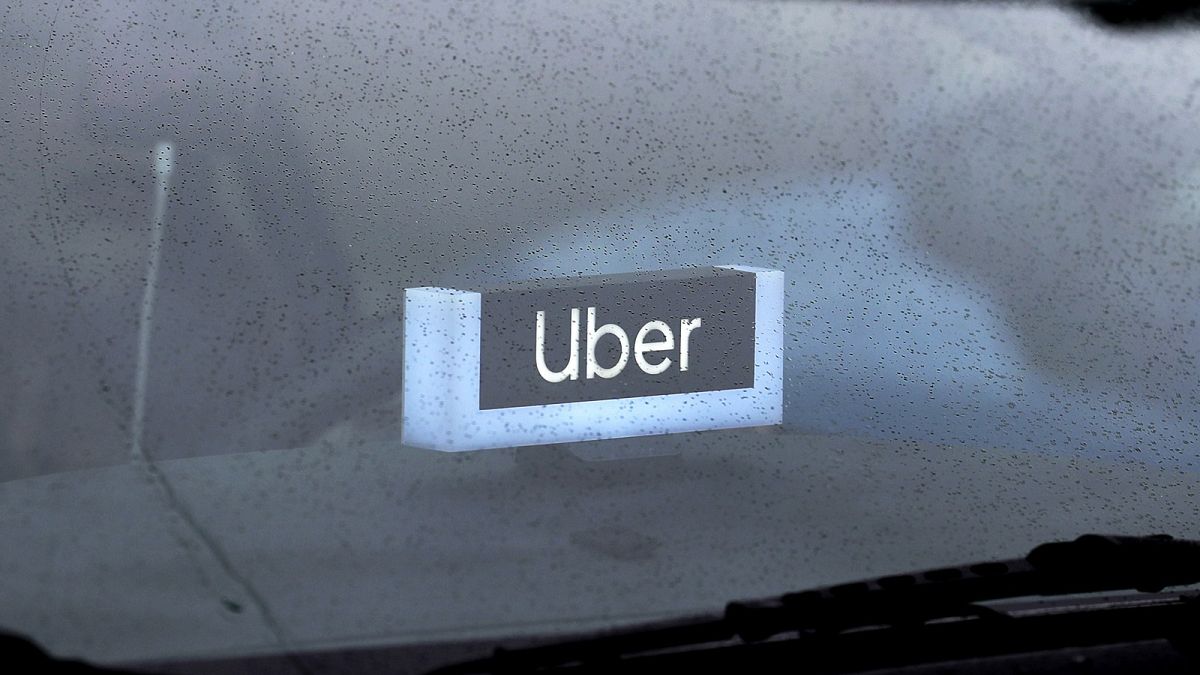

/cloudfront-us-east-1.images.arcpublishing.com/gray/CGUXFZVVLBEELJUPRQ7MBQIAXQ.JPG)
